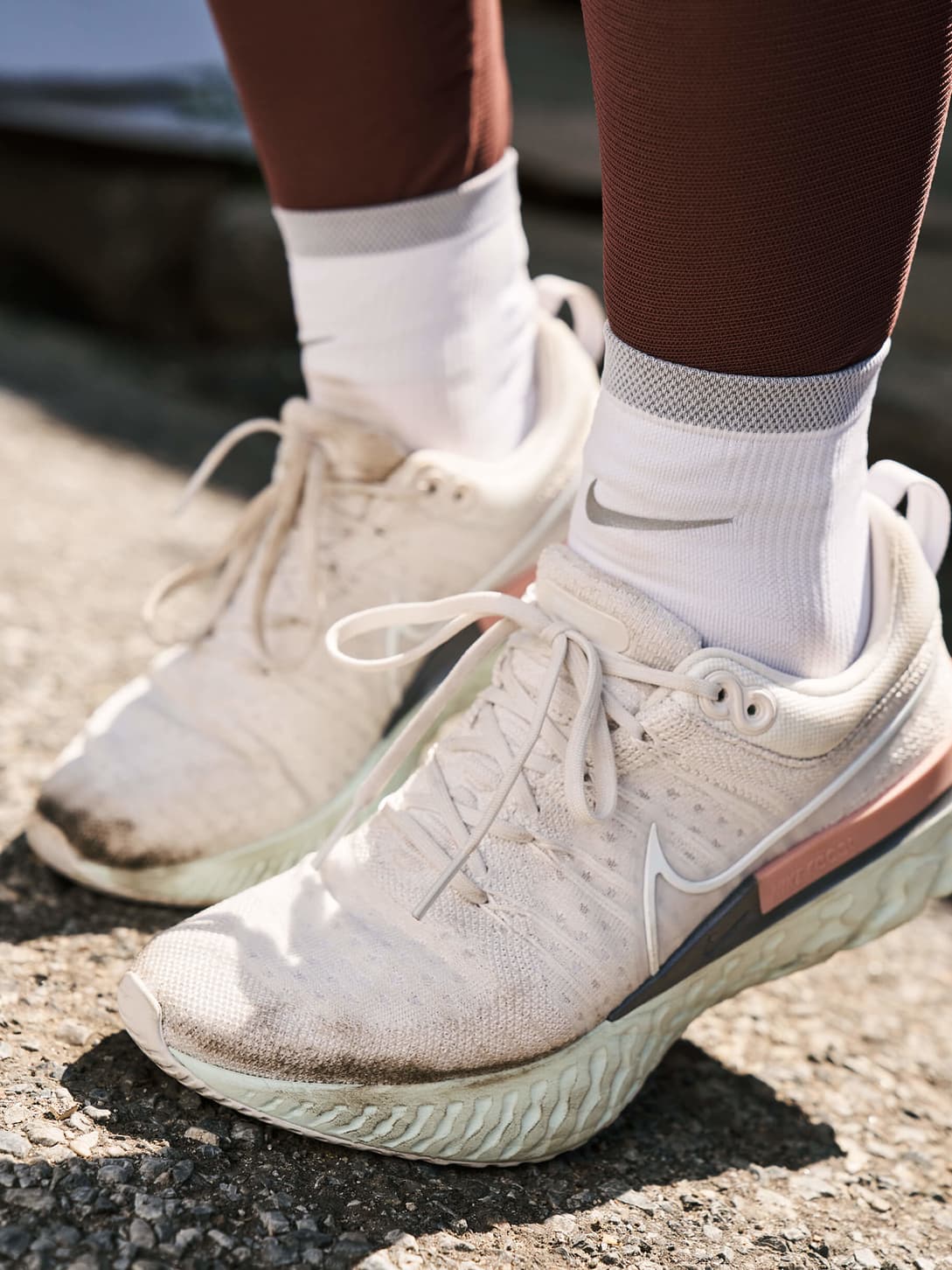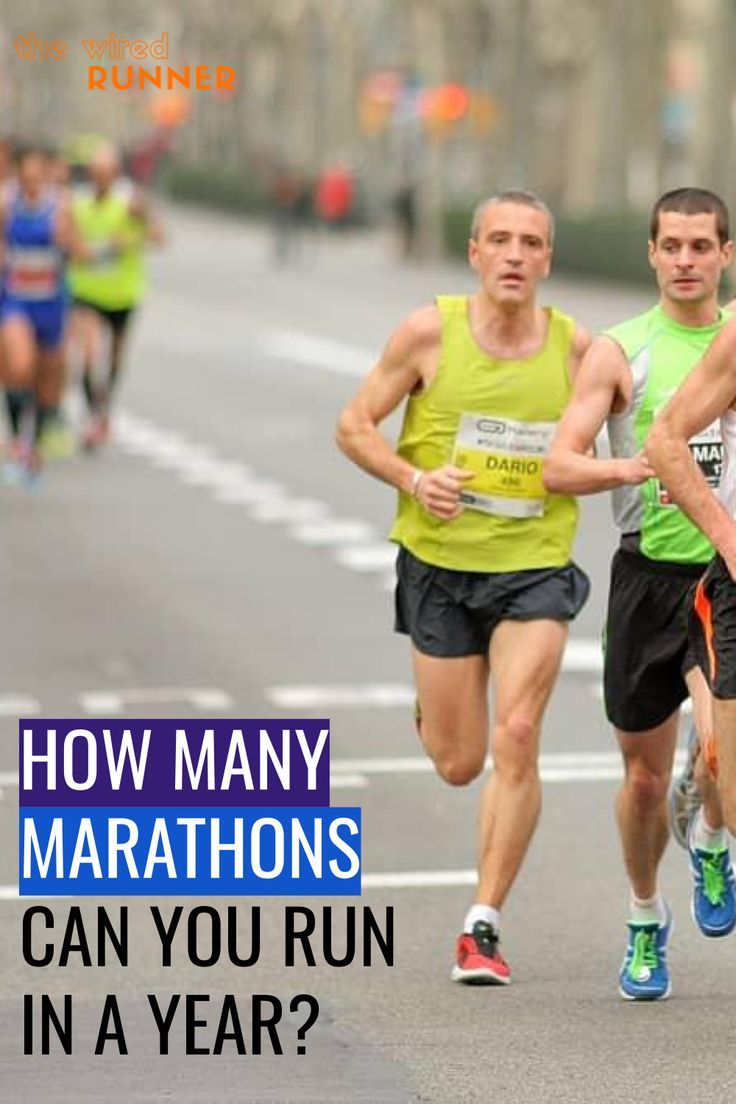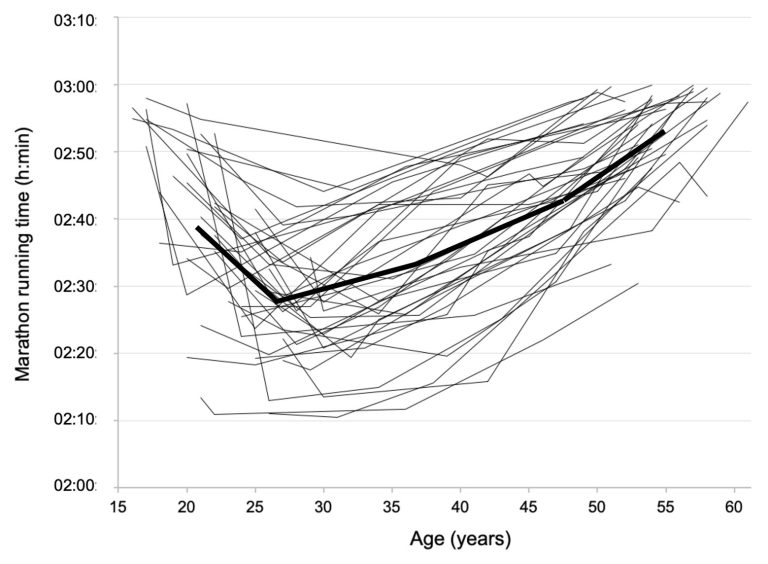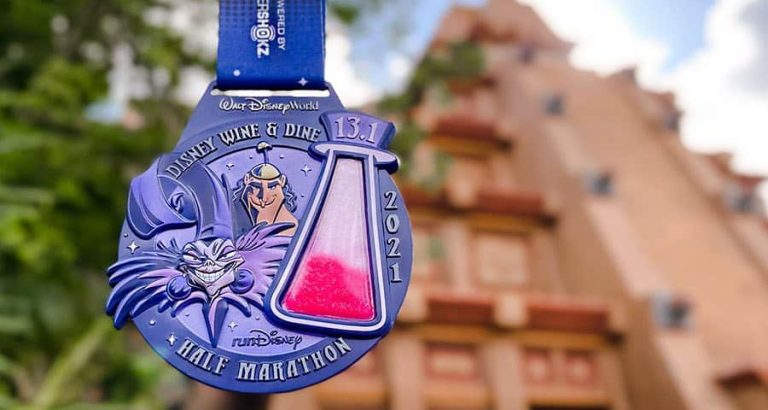How Often Do Marathon Runners Change Shoes
Marathon runners typically change their shoes every 300-500 miles for optimal performance and injury prevention. The frequency of changing shoes depends on mileage and wear patterns.
As marathon runners log countless miles during training and races, they must regularly rotate their shoes to maintain support and cushioning. Regular shoe changes can help prevent overuse injuries and maintain proper foot biomechanics. By staying attuned to their shoes’ condition, marathon runners can ensure their footwear continues to provide the necessary support and comfort throughout their training and races.
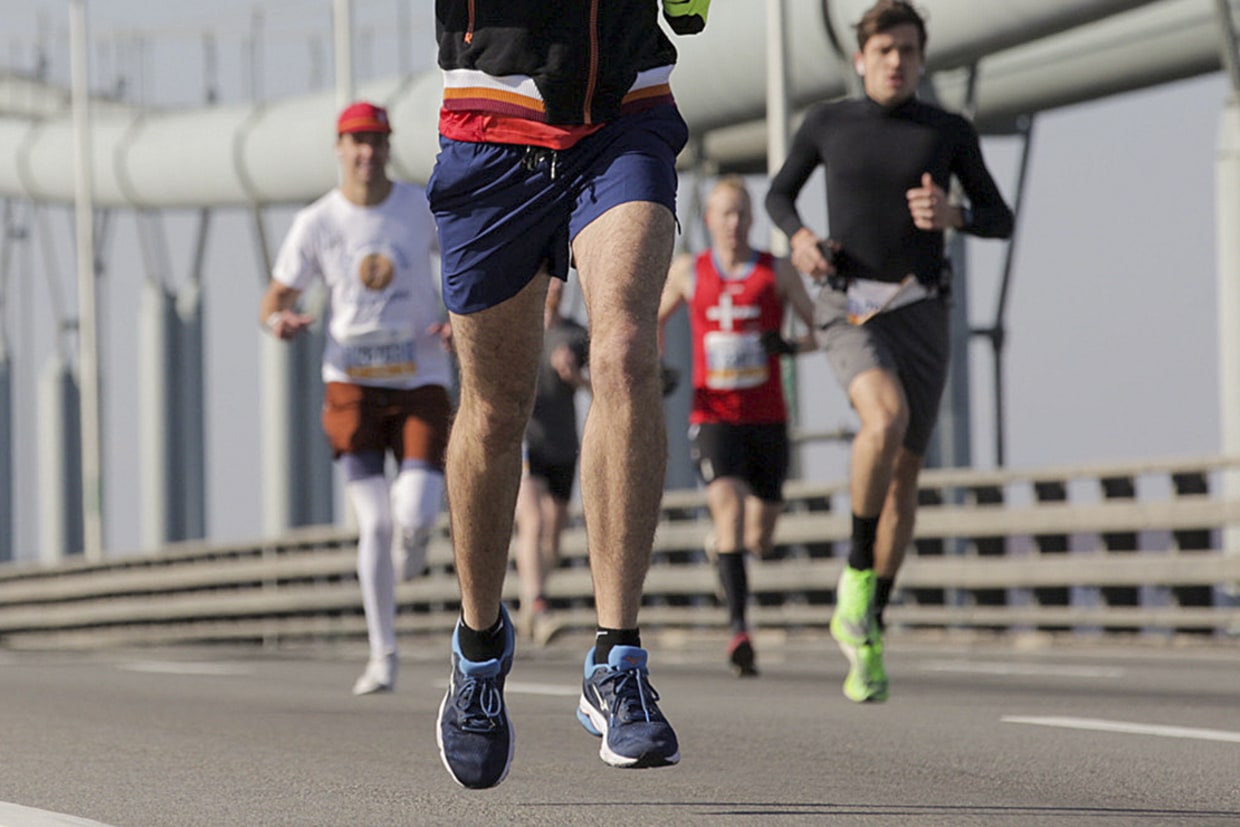
Credit: www.nbcnews.com
The Importance Of Proper Footwear
Proper footwear is of utmost importance for marathon runners. It can have a significant impact on their performance and help prevent injuries. In this section, we will explore the effects of having the right shoes for marathon running, focusing on the impact on performance and the prevention of injuries.
Impact On Performance
Choosing the right pair of running shoes can greatly enhance a marathon runner’s performance. Here’s how:
- Improved Speed: Wearing the right shoes can optimize a runner’s speed by providing proper support, cushioning, and stability, allowing them to run faster and more efficiently.
- Enhanced Comfort: Marathon runners spend long hours on their feet, and wearing comfortable shoes can prevent discomfort and fatigue, enabling them to maintain a consistent and steady pace throughout the race.
- Reduced Muscle Fatigue: Proper footwear absorbs the impact of each stride, minimizing the stress on muscles and joints. This reduces muscle fatigue, allowing runners to maintain their energy levels for longer durations.
Prevention Of Injuries
The right footwear not only improves performance but also plays a crucial role in preventing injuries. Let’s take a look at how proper shoes can safeguard marathon runners:
- Shock Absorption: Running shoes with adequate cushioning absorb the impact of each footfall, reducing the strain on the lower limbs and minimizing the risk of injuries such as stress fractures and shin splints.
- Stability and Support: Shoes designed specifically for marathon running offer stability and support to the foot and ankle, helping prevent overpronation or supination. This alignment promotes proper biomechanics, reducing the likelihood of injuries like ankle sprains.
- Blisters and Chafing Prevention: Ill-fitting shoes, or those not suitable for a runner’s foot type, can lead to blisters and chafing. Proper footwear with a snug fit and breathable materials can reduce friction, keeping the feet blister-free and comfortable.
As we can see, choosing the right shoes is crucial for marathon runners. The impact on performance and the prevention of injuries make it imperative to invest in high-quality running shoes that cater to an individual’s specific needs.
Factors Influencing Shoe Longevity
Running Frequency
Runners should consider where and how often they run to determine shoe replacement frequency.
Running Surface
Impact of running surface on shoe longevity should be taken into account.
Indications For Shoe Replacement
When it’s time to replace your marathon running shoes, there are key indications to look out for. Understanding these signs can help you maintain optimal performance and prevent injury.
Visible Wear And Tear
Check for:
- Worn-out soles, exposed midsole,
- or torn uppers
Decreased Cushioning
Observe for:
- Compression in the midsole or heel,
- loss of bounce and support
Effective Shoe Maintenance
Marathon runners should change their shoes every 300-500 miles to maintain proper support and prevent injury. Effective shoe maintenance is crucial for peak performance and durability, ensuring runners have proper footwear to support their training and competition needs. Regularly replacing worn-out shoes is essential for the overall health and well-being of marathon runners.
Proper shoe maintenance is crucial for marathon runners, as it can extend the lifespan of their shoes and prevent injuries. By following a few simple practices, marathon runners can ensure that their footwear remains in optimal condition for maximum performance. Two key aspects of effective shoe maintenance include cleaning and drying, and rotating shoes regularly.
Cleaning And Drying
Cleaning your running shoes regularly helps to remove dirt, sweat, and bacteria that accumulate during runs. It’s essential to clean them after each use to prevent unpleasant smells and maintain their overall hygiene. Follow these steps to effectively clean your running shoes:
- Remove excess dirt by tapping the shoes together or using a brush. Avoid using harsh abrasives that could damage the upper or outsole of the shoes.
- Fill a bucket or sink with warm water and add a small amount of mild detergent. Submerge the shoes in the soapy water.
- Use a soft brush or cloth to gently scrub the shoes, paying extra attention to areas that are visibly dirty or stained.
- Rinse the shoes thoroughly with clean water to remove any soap residue.
- Stuff the shoes with newspaper or paper towels to help them retain their shape and absorb excess moisture.
- Leave the shoes to air dry in a well-ventilated area, away from direct sunlight or heat sources. Avoid using a dryer or exposing them to excessive heat, as this can cause damage to the materials.
Rotating Shoes
Rotating your running shoes is an effective way to prolong their lifespan and minimize wear. By alternating between multiple pairs, each shoe gets the chance to fully dry and bounce back from the impact of a run. Here’s why rotating your shoes is beneficial:
- Reduced Wear and Tear: Rotating shoes allows for even distribution of impact and pressure, reducing the wear and tear on specific areas.
- Extended Cushioning: The cushioning in running shoes needs time to regain its original shape. Rotating them gives the foam midsole time to decompress fully.
- Prevent Odor and Bacterial Growth: Letting shoes breathe between runs helps to prevent the buildup of moisture, which can lead to unpleasant odors and the growth of bacteria.
Make it a habit to rotate your running shoes every few days or between training sessions to optimize their longevity and performance. By following these effective maintenance practices, marathon runners can enjoy long-lasting, supportive footwear that aids their performance and helps prevent injuries.
Maximizing Shoe Longevity
Choosing the right shoes for marathon running is crucial for performance and injury prevention. However, ensuring that your shoes last as long as possible is just as important. Maximizing the longevity of your running shoes can save you money in the long run and help maintain peak performance. Here are some essential tips to help you get the most out of your running shoes.
Choosing The Right Shoe
When selecting running shoes, consider factors such as your foot type, running style, and the distance you typically cover. Opt for quality materials and a durable sole. Ensure proper fit and room for your toes to avoid wear and tear caused by crowding. Look for shoes with good cushioning to absorb impact and reduce strain on your feet and legs. Taking the time to find the right pair can significantly extend the lifespan of your shoes.
Consulting With A Professional
Seek advice from a professional at a specialty running store or podiatrist who can analyze your gait and recommend the most suitable shoes for you. Proper guidance can help you understand your unique needs and find the perfect shoes that will support and protect your feet during long-distance runs, ultimately prolonging the life of your shoes.
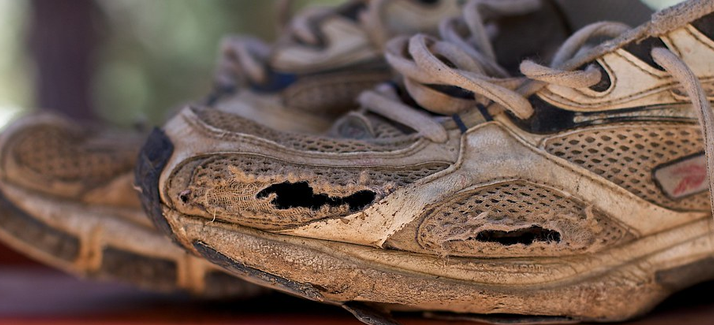
Credit: www.runnersneed.com
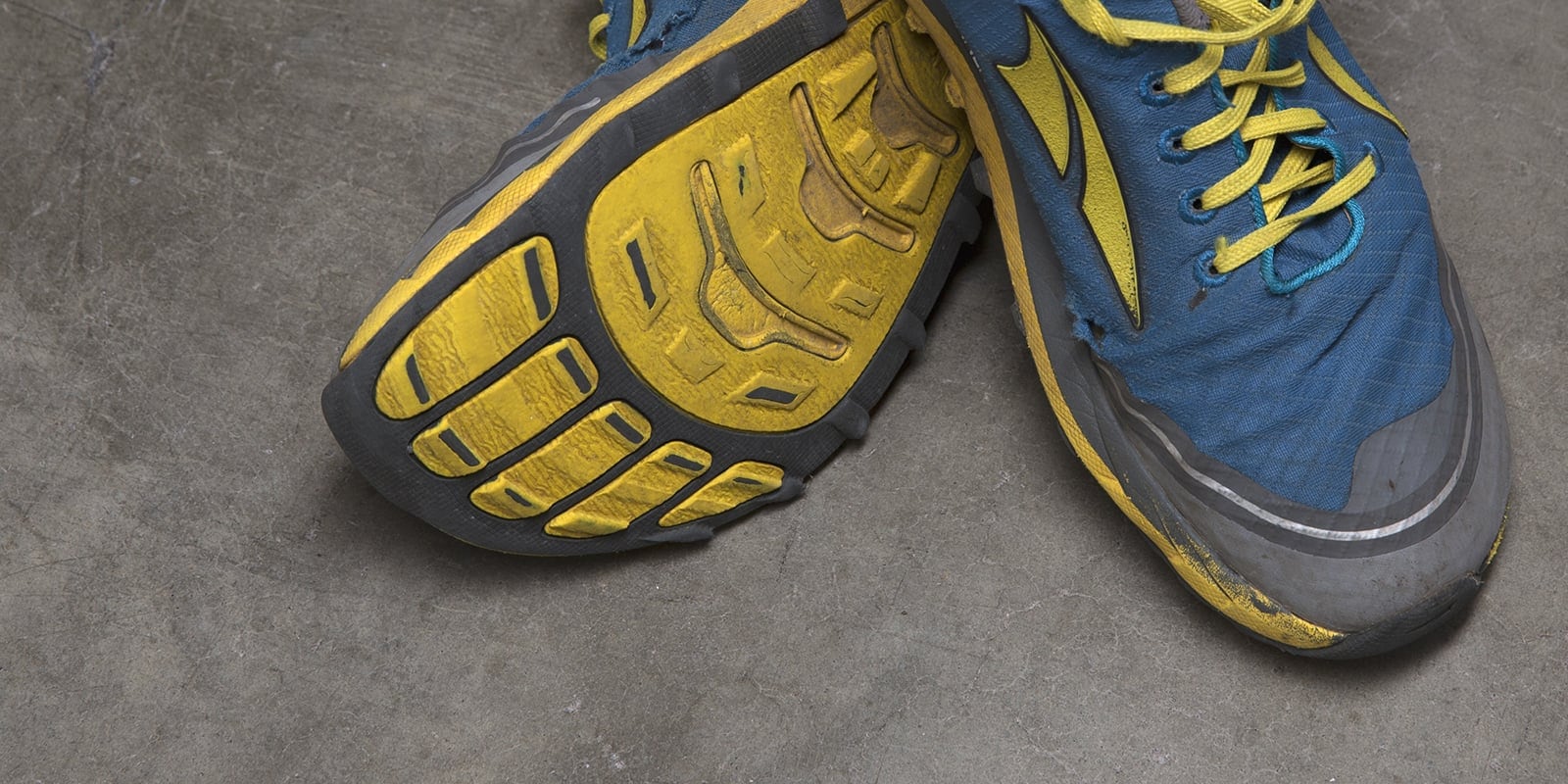
Credit: www.rei.com
Frequently Asked Questions For How Often Do Marathon Runners Change Their Shoes
How Often Do Marathon Runners Get New Shoes?
Marathon runners typically replace their shoes every 300-500 miles or every 4-6 months.
How Often Should Distance Runners Replace Shoes?
Distance runners should replace shoes every 300-500 miles to maintain proper support and cushioning for optimal performance and injury prevention.
When Should I Get New Shoes For Marathon Training?
For marathon training, get new shoes every 300-500 miles or every 4-6 months to prevent injuries and ensure optimal performance.
Conclusion
Marathon runners typically change their shoes every 300-500 miles to maintain optimal performance and reduce the risk of injury. This regular shoe rotation helps to provide adequate support, cushioning, and stability over long distances. Remember, finding the right pair of shoes tailored to your unique needs is essential for a smoother and more enjoyable running experience.
Happy running!

